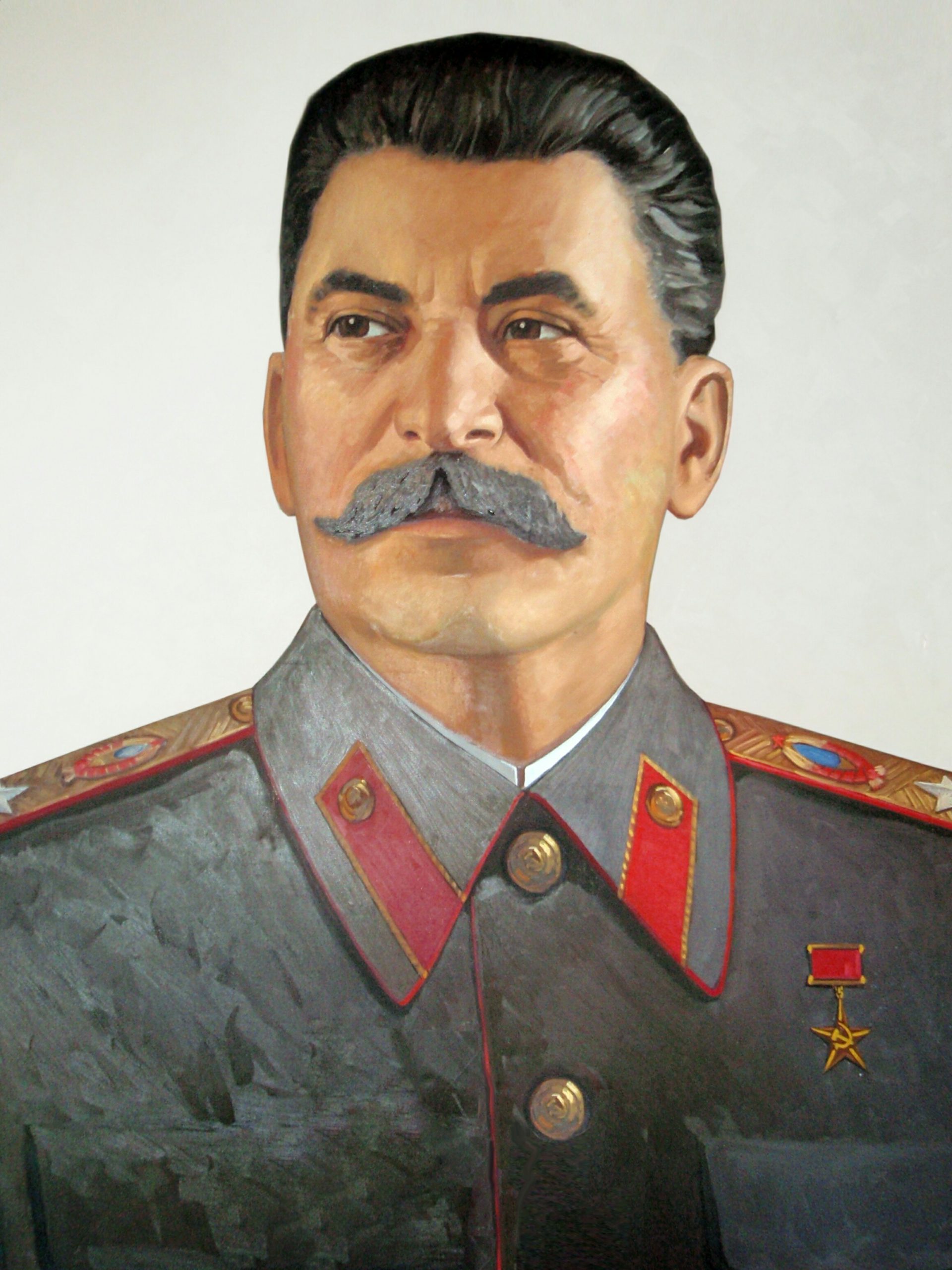DECEMBER 14, 2021 – One of the biggest Wow! moments occurred aboard a city bus in the Siberian city of Irkutsk. After buying a ticket for two kopecks, I boarded the bus, handed the driver my ticket, and stepped down the aisle to an empty seat a few rows back. As I turned and faced the front of the bus, I was flabbergasted to see a painted portrait of Josef Stalin, framed in fringed, yellow silk, hanging just above the windshield. I’d thought that Stalin, “The Man of Steel”; “Ivan the Terrible” of modern times; one of history’s greatest tyrants, responsible for the murder of 10s of millions of people and the unparalleled suffering of 10s of millions more . . . would surely be universally vilified by all survivors of his bloody regime.
Upon inquiry among ordinary Soviet people during my month-long travel across the USSR, I found ample affirmation that Stalin was, in fact, revered. Yet, how could this be? How could the Grand Butcher be so loved and honored by people who’d suffered so much under his reign?
Yesterday, a friend informed me of a critical source of information: a two-hour compilation of propaganda film footage of the official, four-day mourning period that followed the tyrant’s death in March 1953 at age 74. I’m halfway through this remarkable work, contrived by officialdom, now catalogued as part of the 69-year-old record of the Union of Soviet Socialist Republics.
The two-hour film captures universal outpouring of grief, sorrow, sadness, and reverence that people showed in those four days. The casual, outside observer from the West, however, would conclude that two minutes of this propaganda work are enough to reveal how a totalitarian regime controls and leverages something as potentially disruptive as the demise of the totalitarian after nearly 30 years of iron-fisted rule.
Upon closer, examination, however, I became intrigued by the emotions chiseled into the faces of the mourners. They weren’t controlled or contrived in the way North Koreans react to their “Dear Leader.” What deep mix of emotion, I wondered, filled the hearts and minds of Stalin’s mourners? As I watched more, I grew fascinated by infinite details—the variety in articles of clothing in a controlled economy, mountains of fresh flowers (in a land still covered with snow), earnestness—even the tears—of speakers, and interaction between members of foreign delegations and their Soviet hosts when the visitors landed to join in the official mourning.
Perhaps most curious was the sacred German (Bach) music performed where Stalin lay in state. If one should know anything about Soviet history, it’s the pivotal role of the Great Patriotic War (WW II) against Germany. Whenever I conversed with Russians, I was guaranteed to hear how many Soviets perished in that conflict and how horrific the destruction had been at the hands of the Germans. Yet just eight years after the end of the war, the atheist Soviets were turning Stalin’s funeral into a showcase for a Bach Mass.
As I said at the outset: “Wow!”
(Remember to subscribe to this blog and receive notifications of new posts by email.)
© 2021 by Eric Nilsson
